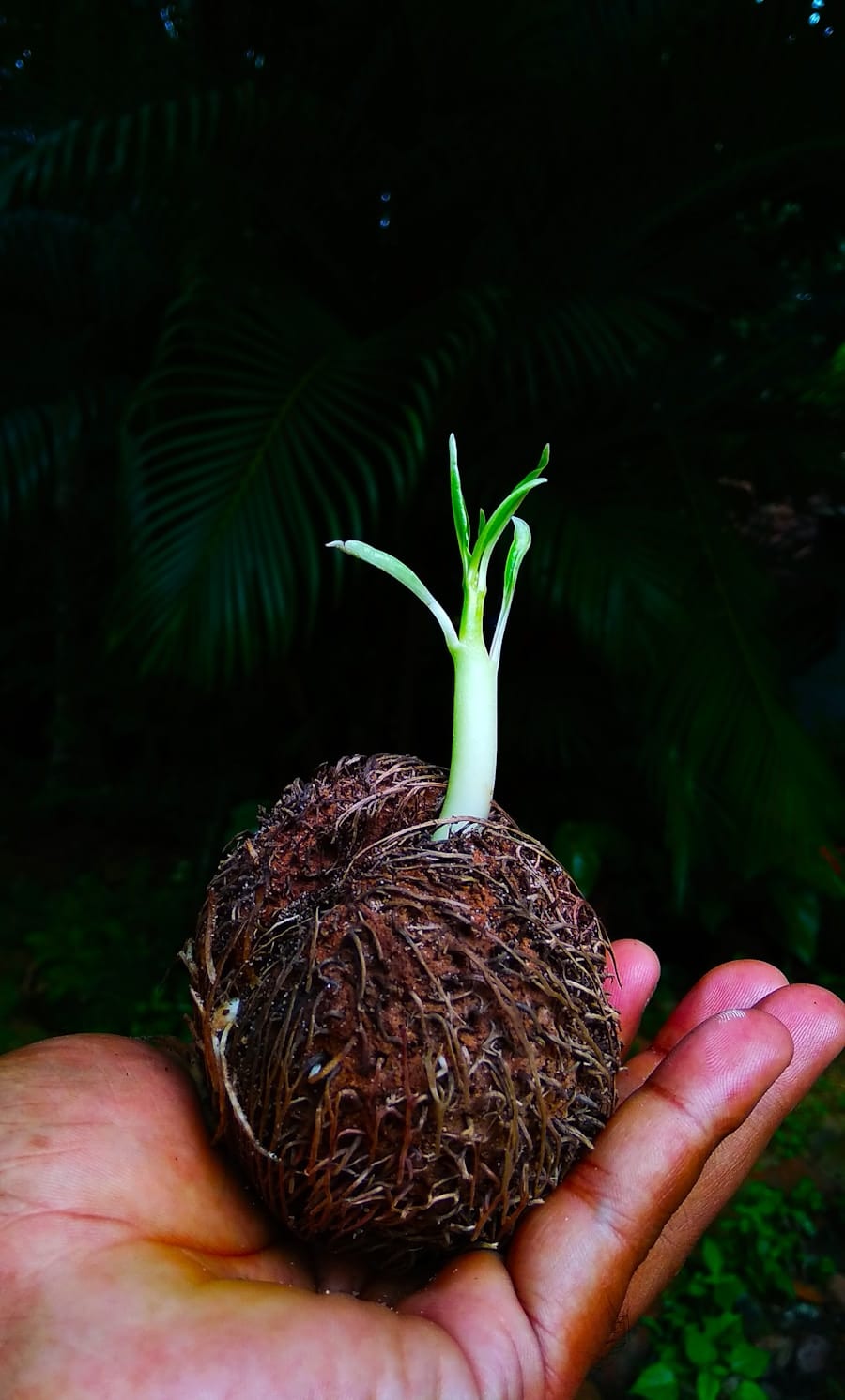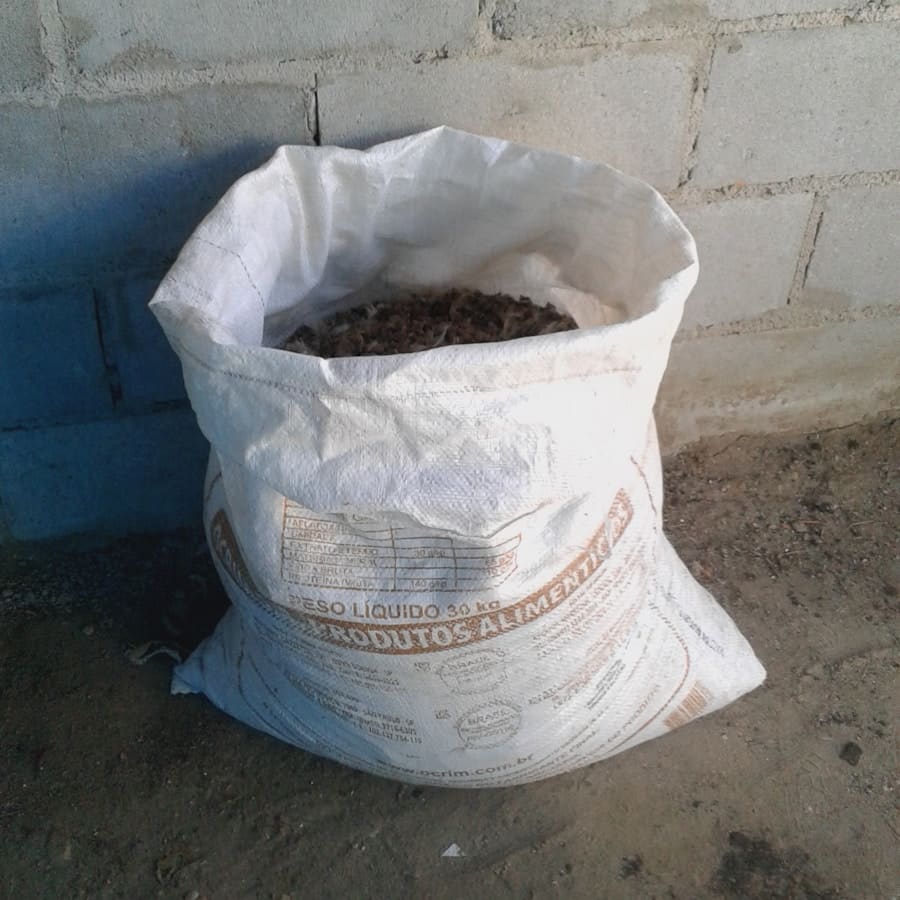Slow release fertilizers are specially formulated products designed to deliver nutrients to plants over an extended period, rather than all at once. This gradual release mechanism is achieved through various methods, including encapsulation, coating, or the use of organic materials that decompose slowly. The primary goal of slow release fertilizers is to provide a steady supply of essential nutrients, such as nitrogen, phosphorus, and potassium, which are crucial for plant growth and development.
Unlike traditional fertilizers that can lead to nutrient leaching and rapid plant uptake, slow release options help maintain a more consistent nutrient level in the soil. The science behind slow release fertilizers often involves the use of polymers or other materials that control the rate at which nutrients are made available to plants. For instance, coated fertilizers may have a polymer shell that dissolves slowly in response to moisture levels in the soil.
This means that as the soil becomes wet, the coating breaks down gradually, allowing nutrients to seep out and be absorbed by plant roots over time. This method not only reduces the risk of nutrient runoff into waterways but also minimizes the frequency of application needed by gardeners and farmers alike. Soil Compost can greatly benefit from the use of organic fertilizers, for more information visit Soil Compost Fertilizers.
Key Takeaways
- Slow release fertilizers release nutrients gradually over time, providing a steady supply to plants.
- Benefits of slow release fertilizers include reduced risk of nutrient leaching, improved nutrient uptake by plants, and reduced frequency of application.
- Slow release fertilizers can be applied by incorporating them into the soil during planting or by top-dressing around established plants.
- Factors to consider when using slow release fertilizers include soil type, climate, and the specific nutrient needs of the plants.
- To maximize nutrient uptake with slow release fertilizers, it’s important to follow the recommended application rates and timing for each type of plant.
Benefits of Slow Release Fertilizer
Reduced Nutrient Leaching and Environmental Concerns
Traditional fertilization methods can lead to excess nutrients being washed away by rain or irrigation, resulting in water pollution and algal blooms. Slow release fertilizers mitigate this issue by ensuring that nutrients are available to plants when they need them, rather than being lost to the environment.
Increased Efficiency and Reduced Labor
Slow release fertilizers not only benefit the plants but also contribute to more sustainable agricultural methods. With slow release fertilizers, gardeners and farmers can apply them less frequently compared to quick-release options, reducing the time and labor associated with fertilization.
Long-Lasting Nutrition and Peace of Mind
This is particularly advantageous for busy individuals or those managing large agricultural operations. A single application of a slow release fertilizer may last, providing peace of mind that plants are receiving adequate nutrition without the need for constant monitoring and reapplication.
How to Apply Slow Release Fertilizer

Applying slow release fertilizer requires careful consideration of timing and method to ensure optimal results. The first step is to assess the specific needs of the plants being fertilized, as different species have varying nutrient requirements. Generally, slow release fertilizers can be applied during the growing season when plants are actively taking up nutrients.
It is essential to follow the manufacturer’s instructions regarding application rates, as over-fertilization can lead to nutrient imbalances and potential harm to plants. The method of application can vary based on the type of slow release fertilizer being used. Granular formulations can be spread evenly across the soil surface or incorporated into the top few inches of soil for better contact with plant roots.
Liquid slow release fertilizers may require dilution with water before application and can be applied through a watering can or a hose-end sprayer. Regardless of the method chosen, ensuring even distribution is crucial for maximizing nutrient uptake and preventing localized nutrient deficiencies.
Factors to Consider when Using Slow Release Fertilizer
| Factors to Consider | Description |
|---|---|
| Release Rate | The rate at which the fertilizer releases nutrients over time, impacting the frequency of application. |
| Nutrient Content | The amount of essential nutrients present in the fertilizer, influencing its effectiveness in promoting plant growth. |
| Soil Type | The composition of the soil, affecting the absorption and retention of nutrients from the slow-release fertilizer. |
| Environmental Conditions | Factors such as temperature, moisture, and pH levels that can influence the performance of slow-release fertilizers. |
| Application Method | The appropriate method for applying the slow-release fertilizer to ensure even distribution and maximum effectiveness. |
When utilizing slow release fertilizers, several factors must be taken into account to achieve the best results. Soil type plays a critical role in how nutrients are released and absorbed. Sandy soils tend to drain quickly and may require more frequent applications of slow release fertilizers, while clay soils retain moisture and nutrients longer, potentially necessitating less frequent applications.
Conducting a soil test can provide valuable insights into nutrient levels and pH, guiding decisions on fertilizer choice and application rates. Another important consideration is environmental conditions, including temperature and moisture levels. Warmer temperatures generally increase microbial activity in the soil, which can enhance the breakdown of organic materials in slow release fertilizers.
Conversely, cooler temperatures may slow down this process, leading to a delayed nutrient release. Additionally, soil moisture levels can influence how quickly nutrients become available; overly dry conditions may hinder nutrient uptake by plant roots. Therefore, monitoring weather patterns and adjusting application timing accordingly is essential for maximizing the effectiveness of slow release fertilizers.
Maximizing Nutrient Uptake with Slow Release Fertilizer
To ensure that plants receive the maximum benefit from slow release fertilizers, it is vital to create an environment conducive to nutrient uptake. One effective strategy is to maintain optimal soil moisture levels. Consistent watering helps facilitate nutrient movement through the soil and enhances root absorption.
However, it is crucial to avoid overwatering, which can lead to waterlogged conditions and root rot. A balanced approach to irrigation will support healthy plant growth while allowing slow release fertilizers to work effectively. In addition to proper watering practices, incorporating organic matter into the soil can significantly enhance nutrient uptake.
Organic materials such as compost or well-rotted manure improve soil structure, increase microbial activity, and enhance nutrient retention capabilities. This creates a more favorable environment for plant roots to access nutrients released from slow release fertilizers. Furthermore, mulching around plants can help retain soil moisture and regulate temperature fluctuations, further supporting healthy growth.
Slow Release Fertilizer for Different Types of Plants

Flowering Plants
Flowering plants such as roses or annuals often benefit from fertilizers with higher phosphorus content, which promotes blooming and root development. A slow release fertilizer formulated for flowering plants will typically contain a balanced ratio of nitrogen, phosphorus, and potassium along with micronutrients essential for vibrant blooms.
Leafy Greens
On the other hand, leafy vegetables like lettuce or spinach may require a higher nitrogen content to support lush foliage growth.
Optimal Growth and Yield
Understanding these specific needs allows gardeners to select the most appropriate slow release fertilizer for their plants, ensuring optimal growth and yield.
Tips for Using Slow Release Fertilizer Effectively
To maximize the benefits of slow release fertilizers, several practical tips can be employed by gardeners and farmers alike. First and foremost, timing is crucial; applying slow release fertilizers at the beginning of the growing season allows plants to access nutrients as they enter their active growth phase. Additionally, it is beneficial to apply these fertilizers just before expected rainfall or irrigation events, as this can help activate the slow release mechanism.
Another effective strategy is to combine slow release fertilizers with other soil amendments or practices that enhance overall soil health. For example, incorporating mycorrhizal fungi into the soil can improve root development and nutrient absorption capabilities. These beneficial fungi form symbiotic relationships with plant roots, increasing their surface area and enhancing their ability to take up nutrients from both the soil and slow release fertilizers.
Potential Drawbacks of Slow Release Fertilizer
Despite their many advantages, slow release fertilizers are not without potential drawbacks that users should be aware of before application. One concern is that these fertilizers may not provide an immediate nutrient boost when plants are in urgent need of nutrition, particularly during critical growth stages or after transplanting. In such cases, quick-release fertilizers may be more appropriate for providing an immediate supply of nutrients.
Additionally, there is a risk of over-application if users do not adhere strictly to recommended rates based on specific plant needs and soil conditions.
Therefore, it is essential for users to conduct regular soil tests and monitor plant health closely when using slow release fertilizers to ensure they are meeting their plants’ nutritional requirements without exceeding safe limits.
In conclusion, while slow release fertilizers offer numerous benefits such as reduced labor intensity and minimized environmental impact, careful consideration must be given to their application methods and timing. By understanding their unique properties and tailoring their use to specific plant needs and environmental conditions, gardeners can harness the full potential of these innovative products for healthier plants and more sustainable gardening practices.
If you’re looking to improve the health and growth of your plants, consider using slow release fertilizer. This type of fertilizer provides a steady supply of nutrients over an extended period of time, promoting strong root development and vibrant foliage. For more information on how to properly harvest garlic, check out this complete guide.
FAQs
What is slow release fertilizer for plants?
Slow release fertilizer is a type of fertilizer that is designed to release nutrients to plants over an extended period of time, rather than all at once. This can help provide a steady supply of nutrients to the plants, reducing the risk of over-fertilization and nutrient leaching.
How does slow release fertilizer work?
Slow release fertilizers are typically formulated with special coatings or materials that control the release of nutrients. These coatings can be designed to break down in response to factors such as temperature, moisture, or microbial activity, gradually releasing the nutrients to the plants over time.
What are the benefits of using slow release fertilizer?
Using slow release fertilizer can help reduce the frequency of fertilizer applications, as the nutrients are released gradually over an extended period of time. This can also help improve nutrient uptake by the plants and reduce the risk of nutrient leaching into the environment.
How do you apply slow release fertilizer to plants?
Slow release fertilizer can be applied to plants by incorporating it into the soil during planting, or by top-dressing the soil around established plants. It’s important to follow the manufacturer’s instructions for application rates and methods to ensure effective and safe use.
Are there any drawbacks to using slow release fertilizer?
While slow release fertilizer offers many benefits, it can be more expensive than traditional fertilizers. Additionally, some slow release fertilizers may not be suitable for all types of plants, so it’s important to choose a product that is appropriate for the specific needs of your plants.

